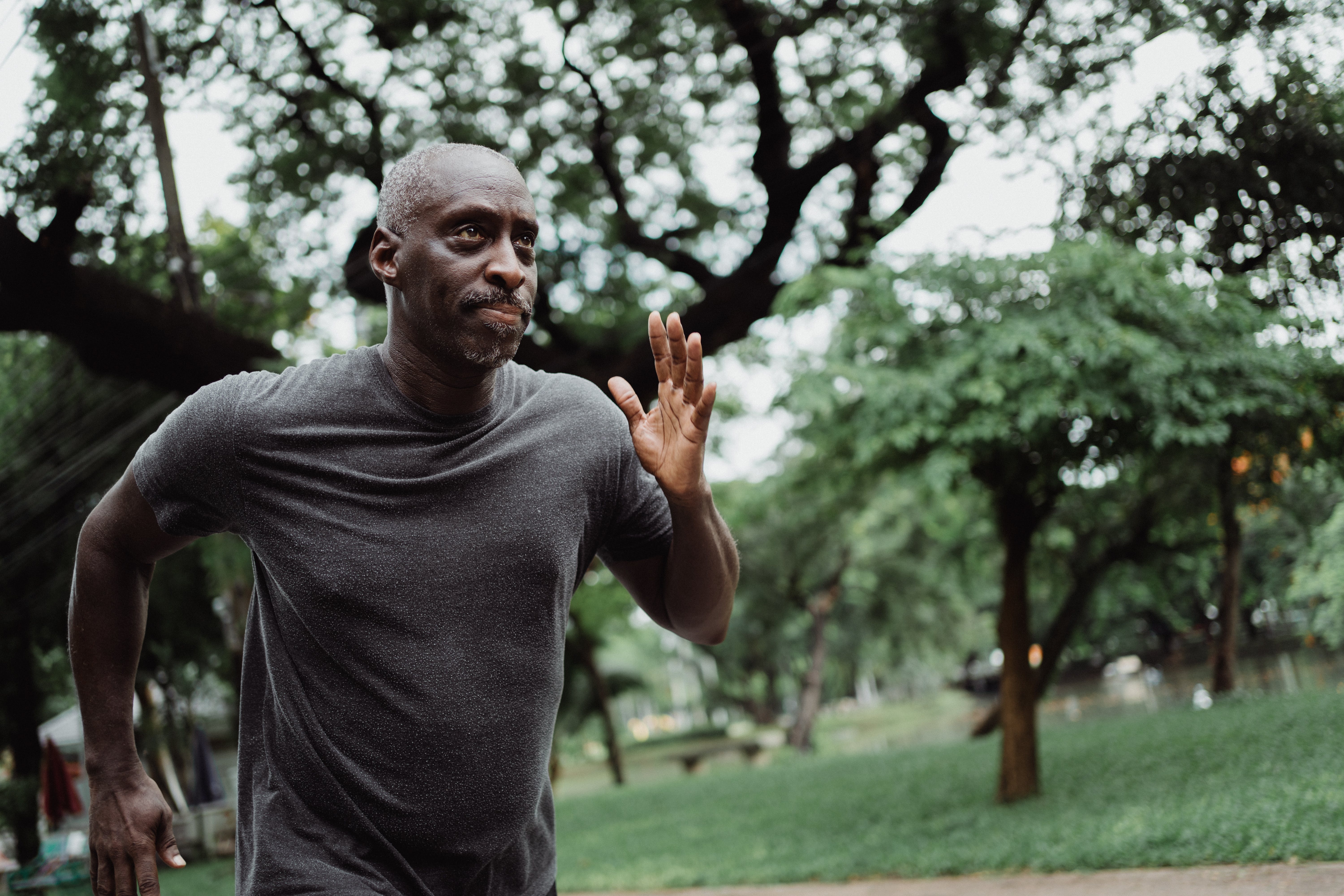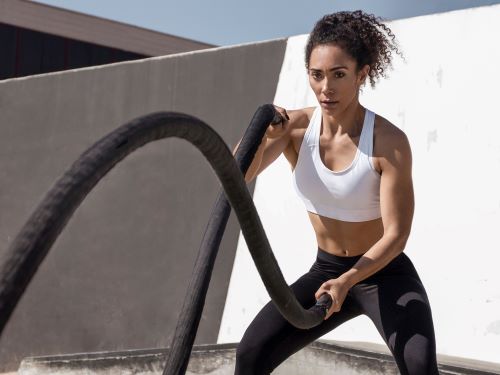The calf muscles, primarily consisting of the gastrocnemius and soleus, play a crucial role in various movements, particularly in running. The gastrocnemius is the larger muscle that provides the bulk and shape of the calf, while the soleus lies beneath it and is essential for stability. Together, these muscles are responsible for plantar flexion, which is the movement that points the toes downward, allowing you to push off the ground effectively.
When you run, your calves are engaged with every step, working to propel your body forward. The biomechanics of running involve a cycle of loading and unloading, where the calf muscles absorb impact during the landing phase and then contract powerfully during the push-off phase. This repetitive action strengthens the calf muscles over time, enhancing their endurance and power.
To optimize your calf workouts through running, consider incorporating different terrains and speeds into your routine. Hill sprints or trail running can significantly increase the demand on your calves, promoting greater muscle growth and strength. Additionally, including exercises such as calf raises and jumping drills can further enhance the muscle’s performance and resilience.
Want to dive deeper into understanding how running impacts your calf muscles? Visit our website to learn more and get started today! Click here.
How Running Engages Your Calf Muscles

When you run, your calf muscles are continuously activated, playing a pivotal role in both the propulsion and stabilization of your body. As your foot strikes the ground, the calf muscles undergo a series of contractions and relaxations that are essential for efficient movement.
During the initial contact phase, the gastrocnemius and soleus muscles absorb the shock of impact. This action helps to stabilize the ankle and knee joints, reducing the risk of injury. As you transition into the mid-stance phase, these muscles begin to prepare for the upcoming push-off by lengthening and storing elastic energy.
As your body moves into the push-off phase, the calf muscles engage powerfully. This is where the gastrocnemius takes the lead, contracting to lift your heel off the ground and propel you forward. The strength of your calf muscles directly influences your running speed and efficiency, making them essential for performance.
Moreover, the type of running you do can affect how your calves are engaged. For example, sprinting requires a more explosive use of the calf muscles, while distance running relies on endurance and sustained contractions over longer periods. Incorporating varied running workouts can help target different muscle fibers within the calves, promoting balanced development and preventing overuse injuries.
Comparing Running with Other Calf Workouts

When evaluating the effectiveness of running in developing calf muscles, it’s essential to compare it with other common calf workouts. While running provides a dynamic and functional way to work the calves, understanding its differences from traditional strength training can help you create a more comprehensive fitness routine.
Calf Raises: This classic exercise isolates the calf muscles, primarily targeting the gastrocnemius and soleus. By performing calf raises, either standing or seated, you can specifically focus on muscle hypertrophy and strength. While running does engage the calves, calf raises allow for greater control and the ability to progressively overload the muscles through added weight.
Jumping Exercises: Activities like jump squats and box jumps also engage the calves, similar to running. These explosive movements can enhance power and agility, making them great supplementary workouts. However, they tend to involve more plyometric action compared to the sustained contractions during a run.
Resistance Training: Incorporating resistance bands or weights into calf workouts can significantly enhance muscle strength. Unlike running, which primarily focuses on endurance, resistance training allows for specific targeting and muscle building, helping to achieve well-defined calves.
Ultimately, while running is an excellent way to engage and strengthen your calves through functional movement, it may not fully replace the benefits of targeted calf workouts. A balanced approach that combines running with specific calf exercises can lead to optimal results, enhancing both strength and endurance.
Benefits of Strengthening Your Calves Through Running

Strengthening your calves through running comes with a plethora of benefits that extend beyond just muscle definition. As you lace up your running shoes, consider the following advantages that come with this enjoyable activity:
- Improved Stability: Strong calves play a crucial role in stabilizing your ankles and feet during movement. This stability can enhance your overall performance in running and other physical activities, reducing the risk of injuries.
- Enhanced Power Output: The calves are essential for generating propulsion during each stride. By strengthening them through running, you can improve your power output, allowing for faster and more efficient running.
- Better Endurance: Running naturally builds endurance, and strong calf muscles contribute to this by enabling you to sustain longer distances without fatigue. This endurance can be beneficial not only for running but also for other sports and physical activities.
- Injury Prevention: Strong calves can help prevent common running injuries, such as Achilles tendonitis and shin splints. By developing these muscles, you create a more resilient lower leg that can withstand the demands of running.
- Caloric Burn: Engaging in running as a form of calf workout increases your overall caloric expenditure. This can aid in weight management and improve cardiovascular health, contributing to a well-rounded fitness regimen.
Incorporating running into your fitness routine is a fantastic way to reap these benefits while enjoying the great outdoors or a treadmill session. With every step, you’re not just strengthening your calves; you’re also making strides toward a healthier, more active lifestyle.
Injury Prevention and Calf Muscle Care
Injury prevention is a critical aspect of any running regimen, especially when it comes to taking care of your calf muscles. Neglecting calf muscle care can lead to a variety of injuries that can sideline your running routine. Here are some key strategies for ensuring the health and longevity of your calves:
- Warm-Up and Cool Down: Always begin your runs with a proper warm-up that includes dynamic stretches targeting your calves. Similarly, cooling down with static stretches post-run helps maintain flexibility and reduces tension in the muscles.
- Gradual Progression: Increase your mileage and intensity gradually. Sudden spikes in running volume or intensity can put undue stress on your calf muscles, increasing the risk of strains or tears.
- Strength Training: Incorporate strength training exercises specifically for your calves. Calf raises, toe taps, and resistance band exercises can enhance muscle strength and endurance, making them less prone to injuries.
- Proper Footwear: Invest in good quality running shoes that provide adequate support and cushioning for your feet and calves. Proper footwear can help absorb impact and reduce the strain on your calf muscles during runs.
- Listen to Your Body: Pay attention to any signs of discomfort or pain in your calves. Ignoring these signals can lead to more severe injuries. If you experience persistent pain, consider taking time off or consulting a healthcare professional.
By implementing these strategies, you can significantly reduce the risk of calf injuries and ensure that your running journey remains enjoyable and injury-free. Taking care of your calves not only enhances your performance but also allows you to fully embrace the joy of running.
Tips for Maximizing Calf Workouts While Running

To truly understand does running workout your calves, it’s essential to optimize your running routine to maximize calf engagement. Here are some valuable tips to enhance your calf workouts while running:
- Change Your Terrain: Running on different surfaces, such as hills or trails, can significantly affect how your calf muscles are engaged. Uphill running targets your calves more effectively, while downhill running helps with eccentric strength.
- Incorporate Intervals: Adding sprint intervals to your runs can boost calf activation. Alternate between periods of sprinting and jogging to stimulate muscle fibers and improve stamina.
- Focus on Form: Maintain proper running form to engage your calves effectively. Aim for a midfoot strike and keep your strides short and quick to activate the calf muscles more efficiently.
- Use Resistance Bands: Incorporating resistance band exercises before or after your runs can strengthen your calf muscles. Simple exercises like lateral band walks or calf raises with bands can enhance your overall calf strength.
- Stay Hydrated and Nourished: Proper hydration and nutrition play a role in muscle performance. Ensure you’re consuming enough electrolytes, as they help in muscle contraction and recovery.
Applying these tips will not only help to maximize your calf workouts but also contribute to better overall running performance. Embrace the joy of running while sculpting those calves!
Visit our website to learn more and get started today! Click here.


